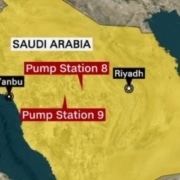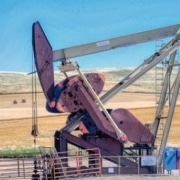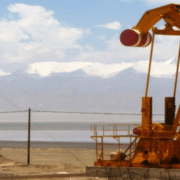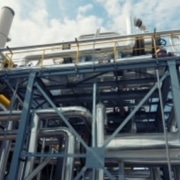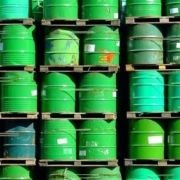ExxonMobil evacuated about 30 foreign engineers from Basra, Iraq. This is as a “temporary precautionary measure,” the government-owned Basra Oil Company said Saturday.
Recent Attack on Oil Tankers
The issue of Iranian involvement in recent attacks on oil tankers in the Gulf and on a Saudi oil station has been marred by conflicting claims and denials from both sides. While the United States and its allies have pointed fingers at Iran, accusing them of orchestrating these attacks. They argue that accusations are baseless and claim that it is the United States who is unnecessarily escalating tensions with Tehran.
The Iranian government has consistently continue its innocence, insisting that it is committed to peaceful coexistence and stability in the region. Iranian officials assert that they have no reason to engage in such acts of aggression, as it goes against their foreign policy principles and strategic interests. They have called for a thorough and impartial investigation into the incidents, urging the international community to approach the matter with caution and skepticism towards the accusations made by the United States and its allies.
Iran’s denial of involvement has further complicated an already tense situation in the Gulf region. The accusations against Iran have heightened concerns about a potential military confrontation between the United States and Iran. The possibility of devastating consequences for the global economy and regional stability. As the international community closely monitors the developments, it is crucial to approach the situation. A balanced and objective perspective, considering all available evidence before drawing any conclusions about the parties involved in these attacks. Only through a transparent and thorough investigation can the truth be reveal and a peaceful resolution be fulfill.

